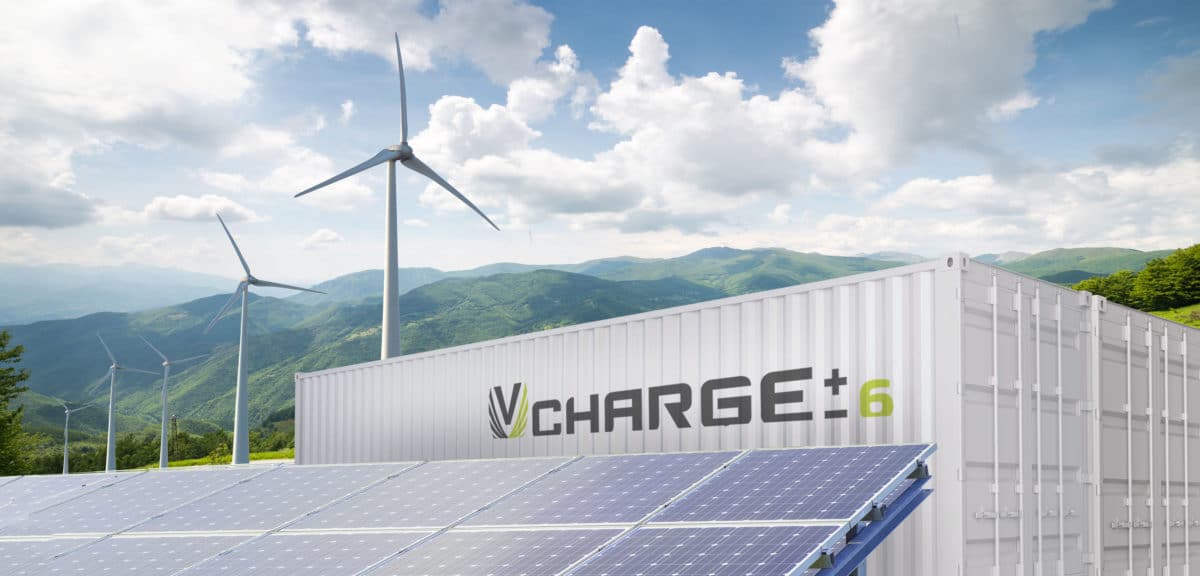Canada-based vanadium mining company Largo Resources has entered the energy storage business with the launch of its Delaware-based Largo Clean Energy unit.
The newly formed company will develop vanadium redox flow battery (VRFB) technology based on 12 patent families previously owned by U.S. storage specialist VionX Energy, whose assets it recently acquired for $3.8 million.
“We have also hired key team members previously employed by VionX Energy who we believe have developed one of the most advanced VRFB technologies in the world and when combined with Largo Resources' proven operational and commercial capabilities, will result in immediate synergies and unparalleled competitive advantages,” said Largo Resources CEO Paulo Misk.
Largo Clean Energy's new product line will be based on a proprietary vanadium electrolyte processing system.
“The advancement in power density in our VCharge± systems is largely the result of the development of the Inter-Digitated Flow Field (IDFF), patented technology based on 50+ years of dedicated VRFB research with our partners,” a company spokesperson told pv magazine. “In a flow battery, proton and electron exchange occurs as electrolyte flows across both the membrane and electrode; design of the exchange area (flow field) for flowing electrolyte across an electrode surface results in a trade-off of high pumping losses or high-pressure drop which typically occur as the result of the converse objective of having large amounts of contact surface area between the liquid and the electrode.”
The manufacturer said the battery has been designed to reduce the obstruction of flow. Its current battery product line has a power rating ranging from 1 MW to 1.2 MW and is expected to be available in a 1.5 MW rating in 2022.
“The VCHARGE± battery system will employ a modular architecture based on 1 megawatt power and 2 MWh energy building blocks that have been engineered to meet grid reliability standards and have undergone significant durability testing demonstrating up to 40 years of stack life,” the company said.
Popular content
The 1 MW system can be configured from 4.3 hours to 15 hours, while the 1.2 MW system can be configured from 3.6 to 12.6 hours. The 1.5 MW system will be configured from 2.9 to 10.1 hours, once it becomes available. The operating voltage range is 500 V to 800 V and the operating ambient temperature is -40 C to +45 C.
The reported DC efficiency is 78% and the AC efficiency is 68%. The battery lifetime is claimed to be of 20+ years with unlimited cycles. The company said the storage systems show degradation after 10,000 cycles, which is the equivalent of over 26 years, if cycled daily.
“In general, the VRFB is intrinsically safe with no fire risk from thermal runaway,” Misk said. “Additionally, the contained vanadium electrolyte can be recycled for reuse in other VRFB installments at the end of the battery life.”
He said the battery can be used in utility-scale energy storage projects, microgrids, renewable energy generation integration, grid smoothing, backup power, and in remote and off-grid power applications.
“We anticipate that our initial targeted projects will likely be in North America and Spain. Looking ahead, we also expect to target deployments in Europe and new developing nations,” the spokesperson said. “We plan to update the market on our specific strategy in 2021.”
This content is protected by copyright and may not be reused. If you want to cooperate with us and would like to reuse some of our content, please contact: editors@pv-magazine.com.



VRFBs rated in 2 MWHr modules are suitable for remote off-grid location. A large city with 1 GWHr green energy requirement would need solar farm, nuclear baseload supply and gas peekers to support for outages.